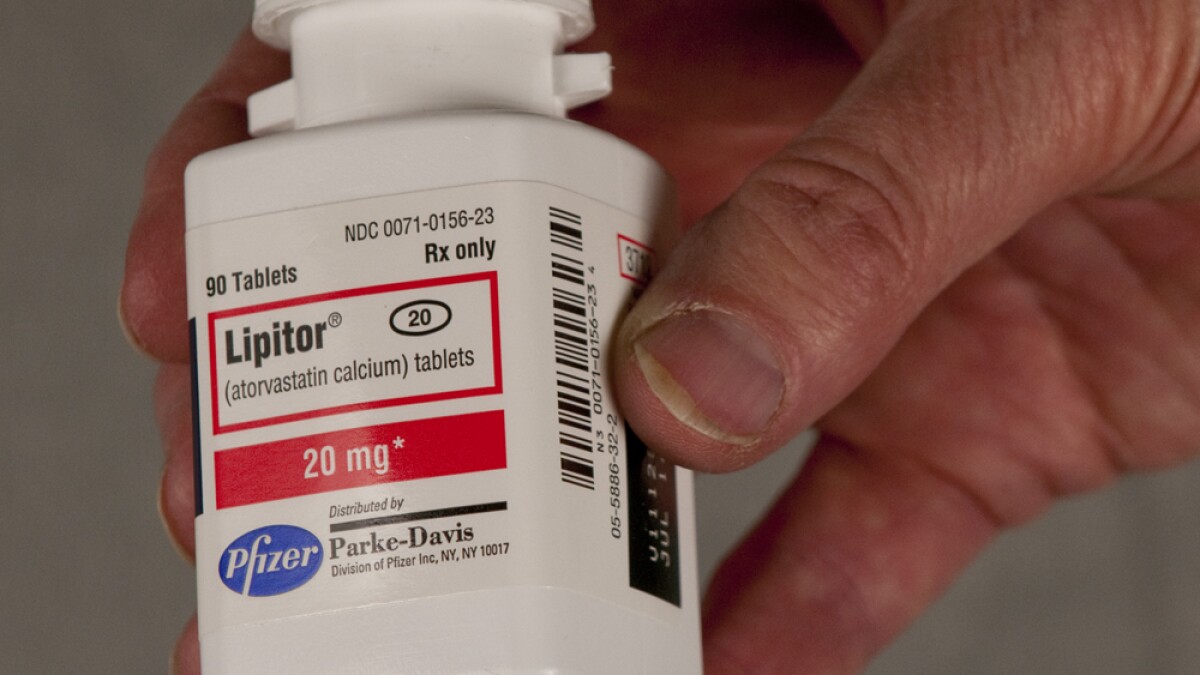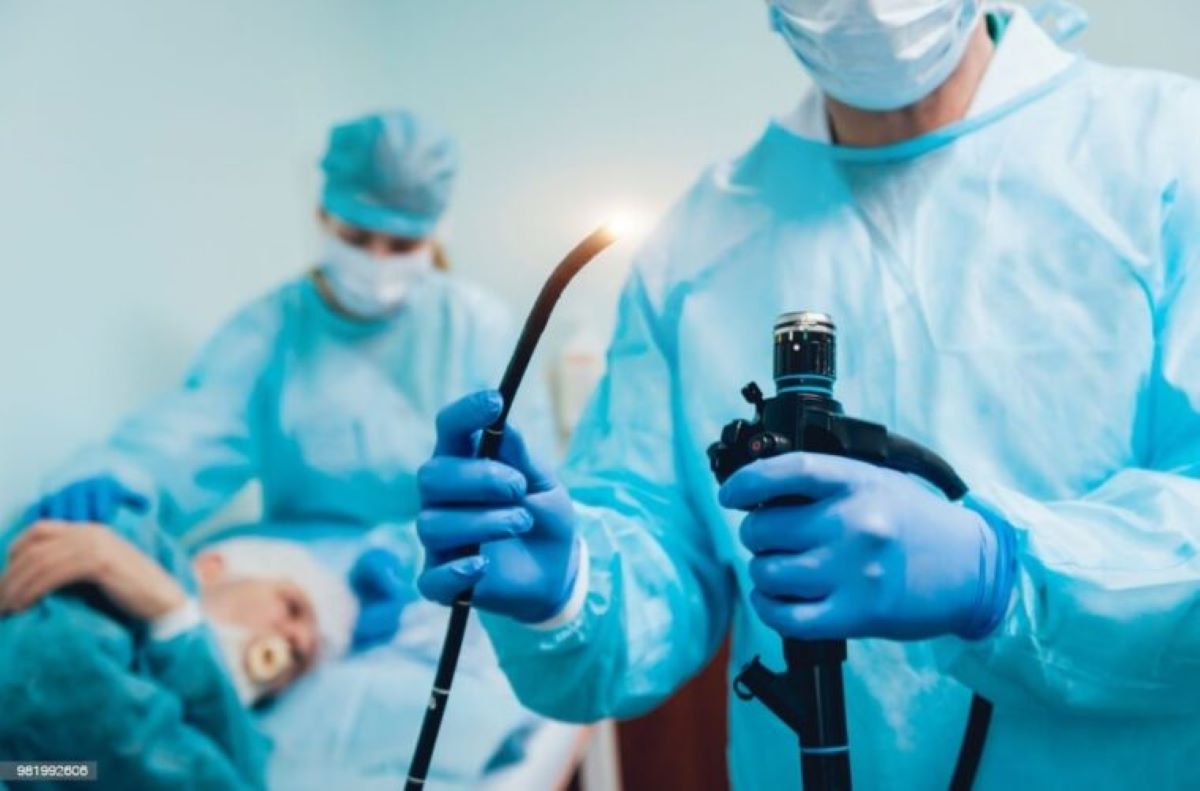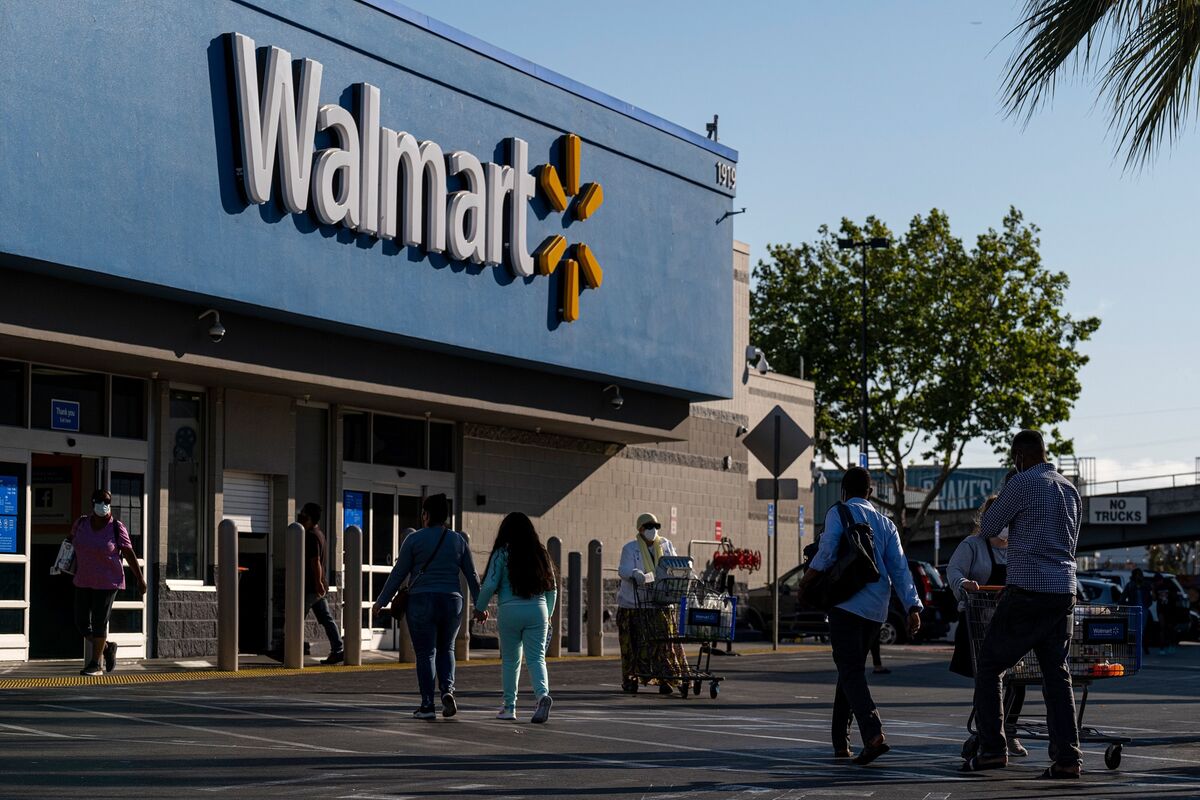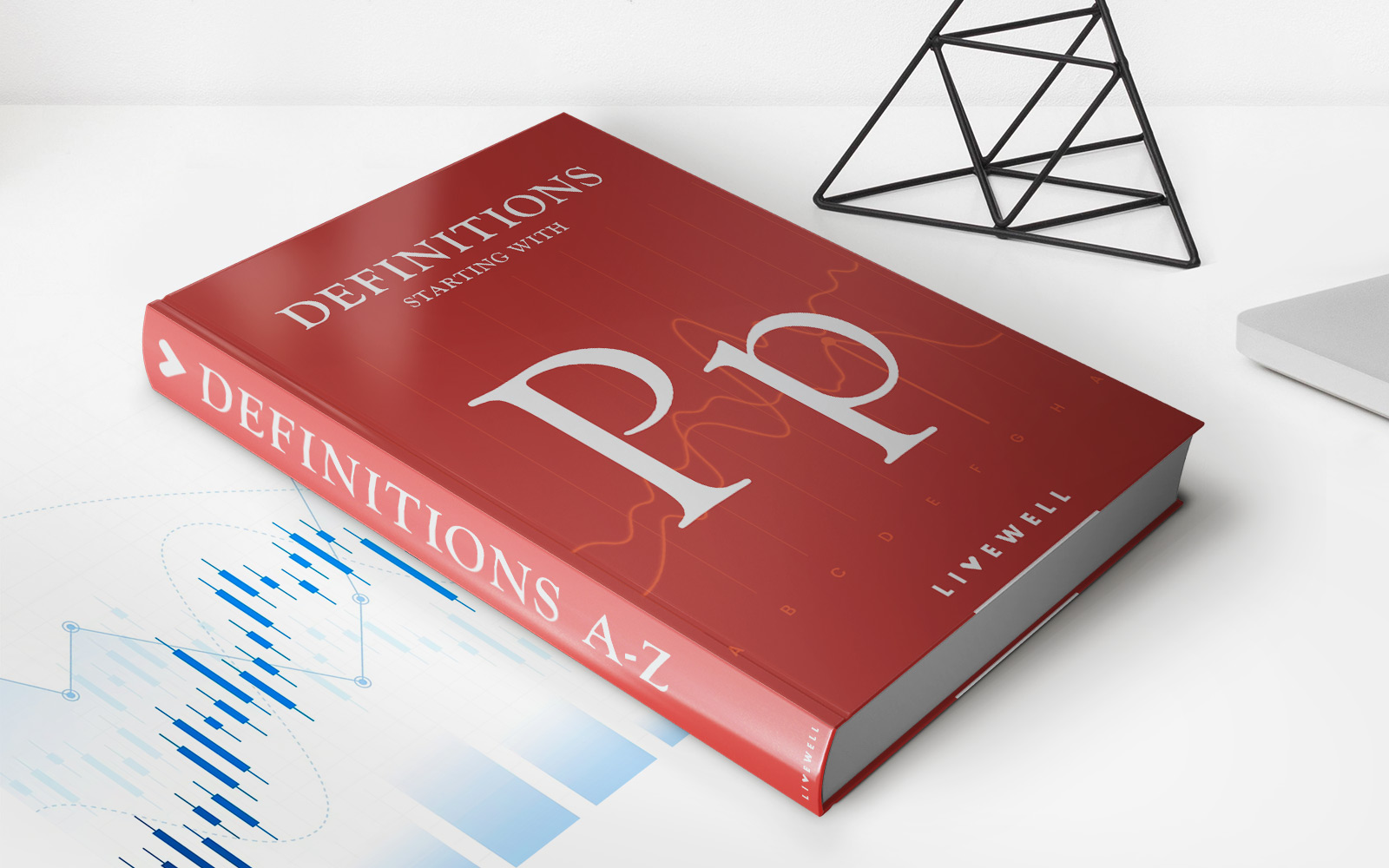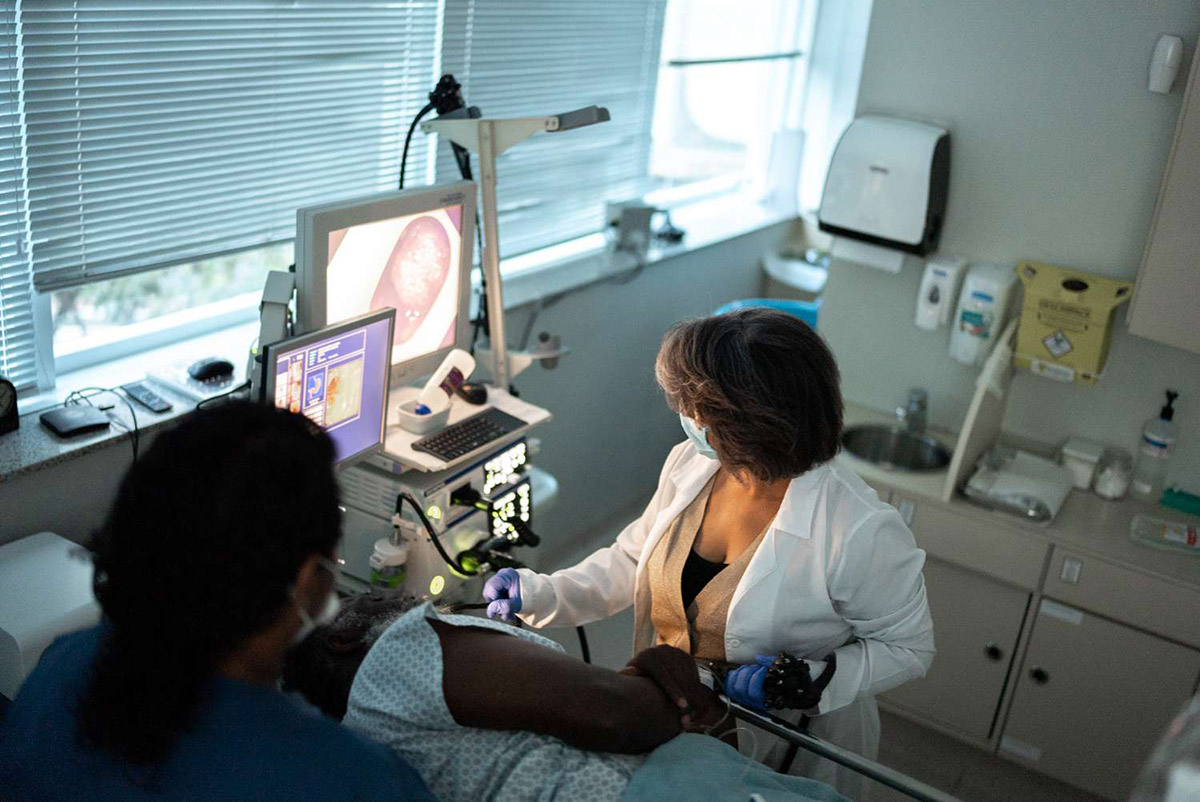

Finance
How Much Is Endoscopy Without Insurance?
Published: November 20, 2023
Find out the cost of an endoscopy without insurance and manage your finances wisely. Get affordable options for medical procedures.
(Many of the links in this article redirect to a specific reviewed product. Your purchase of these products through affiliate links helps to generate commission for LiveWell, at no extra cost. Learn more)
Table of Contents
Introduction
Welcome to our comprehensive guide on the cost of endoscopy without insurance. Endoscopy is a medical procedure that involves examining the internal organs and structures of the body using a flexible tube with a light and camera attached to it. It is commonly used for diagnostic purposes, such as identifying gastrointestinal issues or detecting abnormalities in the respiratory system.
While endoscopy is an essential procedure for many individuals, the cost can be a concern, especially for those without insurance coverage. Without the assistance of insurance, the cost of endoscopy can vary significantly, depending on several factors such as location, facility, type of endoscopy, and additional tests or procedures required.
In this article, we will explore the various aspects of endoscopy costs without insurance. We will delve into the factors that affect the cost, strategies to reduce expenses, and available options for financial assistance. Whether you are considering an endoscopy procedure or are simply curious about the potential costs involved, this guide is designed to provide you with valuable insights.
Please note that the information provided in this article is for general informational purposes only and should not be construed as medical or financial advice. It is always recommended to consult with a medical professional and your healthcare provider for personalized guidance regarding your specific situation.
Understanding Endoscopy
Endoscopy is a minimally invasive medical procedure used to diagnose and sometimes treat various conditions affecting the digestive tract, respiratory system, and other internal organs. It allows doctors to examine the lining of these organs and obtain tissue samples for further analysis.
During an endoscopy, a flexible tube called an endoscope is inserted into the body through a natural opening or a small incision. The endoscope is equipped with a light source and a camera that allows the doctor to visualize the area of interest on a monitor in real-time. In some cases, specialized tools can be passed through the endoscope to perform procedures such as removing polyps or taking biopsies.
Endoscopy is commonly used to investigate a wide range of medical conditions, including:
- Gastrointestinal disorders: Endoscopy can help diagnose conditions such as gastroesophageal reflux disease (GERD), ulcers, irritable bowel syndrome (IBS), Crohn’s disease, and colorectal cancer.
- Respiratory issues: It is used to evaluate lung diseases like chronic obstructive pulmonary disease (COPD), asthma, and lung cancer.
- Urinary tract concerns: Endoscopy can be employed to examine the bladder and urethra, diagnose conditions like urinary tract infections (UTIs), and remove kidney stones.
- Ear, nose, and throat (ENT) conditions: It helps in identifying issues like chronic sinusitis, vocal cord problems, and swallowing disorders.
Endoscopy offers several advantages over traditional open surgeries. It is less invasive, resulting in reduced pain, fewer complications, and quicker recovery times. Additionally, with endoscopy, doctors can often make a more accurate diagnosis without the need for major surgical procedures.
It is important to note that the specific type of endoscopy performed will vary depending on the area of the body being examined. Common types of endoscopy procedures include:
- Gastroscopy: Examines the esophagus, stomach, and the first part of the small intestine.
- Colonoscopy: Views the large intestine (colon) and rectum.
- Bronchoscopy: Evaluates the airways and lungs.
- Cystoscopy: Inspects the bladder and urethra.
- Sigmoidoscopy: Focuses on the lower part of the colon and rectum.
It is advisable to consult with your healthcare provider to determine the specific type of endoscopy that best suits your condition and concerns.
The Cost of Endoscopy without Insurance
When considering the cost of endoscopy without insurance, it is important to understand that the expenses can vary significantly depending on various factors. The total cost may include several components, such as the pre-procedure consultation, the procedure itself, anesthesia fees, facility fees, pathology fees (if biopsies are taken), and any additional tests or follow-up procedures that may be required.
Without insurance coverage, the cost of an endoscopy procedure can range from several hundred to several thousand dollars. The variation in cost is influenced by factors such as geographic location, the type of endoscopy performed, the healthcare facility you choose, and any additional procedures or tests needed during the examination.
The average cost for specific endoscopy procedures without insurance can be estimated as follows:
- Gastroscopy: The cost can range from $700 to $2,500.
- Colonoscopy: The cost can vary between $800 and $3,000.
- Bronchoscopy: The procedure may cost between $900 and $3,500.
- Cystoscopy: The cost can range from $1,000 to $3,500.
- Sigmoidoscopy: The procedure may cost between $800 and $2,500.
It is important to note that these are general estimates, and the actual prices can vary depending on the factors mentioned earlier.
In addition to the procedure-specific costs, there may be additional fees associated with the use of anesthesia during the endoscopy. Anesthesia fees can range from $200 to $800, depending on the type of anesthesia used and the duration of the procedure.
It is worth mentioning that these costs are for the procedure itself and do not include any additional expenses that may arise, such as pathological testing fees if biopsies are taken or charges for any additional tests or treatments that may be required based on the findings of the endoscopy.
While the costs of endoscopy without insurance may seem daunting, it is essential to explore strategies to minimize these expenses and seek financial assistance, which we will discuss in the following sections.
Factors Affecting Endoscopy Costs
The cost of endoscopy without insurance can be influenced by several factors, and understanding these factors can help you better estimate and plan for the expenses involved. Here are the key factors that affect endoscopy costs:
1. Geographic Location: The cost of endoscopy can vary depending on where you live. Healthcare prices can differ significantly between regions, cities, and even medical facilities within the same area.
2. Type of Endoscopy: Different types of endoscopy procedures have varying levels of complexity, duration, and specific requirements. The cost may reflect these factors. For example, a more invasive or specialized endoscopic procedure may generally be more expensive than a routine examination.
3. Healthcare Facility: The choice of healthcare facility can affect the cost of endoscopy. Hospitals and private clinics may have different pricing structures based on their overhead expenses, equipment quality, and the expertise of the medical staff.
4. Additional Procedures or Tests: The need for additional procedures or tests during the endoscopy can increase the overall cost. For instance, if biopsies are taken during the procedure, there may be additional charges for the pathological analysis of the samples.
5. Anesthesia: If anesthesia is required during the endoscopy, the cost of anesthesia services can be an additional factor. The type of anesthesia used and the duration of the procedure can influence the anesthesia fees.
6. Medical Provider: The experience and expertise of the medical provider performing the endoscopy can influence the cost. Highly specialized or renowned doctors may charge higher fees for their services.
7. Preparation and Follow-up: Before the endoscopy, some preparations may be necessary, such as dietary restrictions or bowel cleansing. Additionally, there may be follow-up appointments or tests required after the procedure, which can add to the overall cost.
It is important to consult with your healthcare provider to get a more accurate estimate of endoscopy costs based on your specific situation. They can provide you with information about the typical costs in your area and help you understand any additional expenses that may be involved.
By considering these factors and discussing them with your healthcare provider, you can have a better understanding of the potential costs associated with endoscopy without insurance and plan accordingly.
Strategies to Reduce Endoscopy Costs without Insurance
If you are facing the cost of endoscopy without insurance, there are several strategies you can employ to help reduce your expenses. Here are some tips to consider:
1. Shop around for affordable healthcare facilities: Research and compare the prices of different healthcare facilities in your area. Prices can vary significantly, so it is wise to shop around and find a facility that offers competitive rates for endoscopy procedures.
2. Inquire about cash discounts: Some healthcare facilities may offer discounts or reduced rates for patients paying in cash or upfront. It never hurts to ask about any available discounts or payment options to help you save on costs.
3. Consider outpatient centers or ambulatory surgery centers: These facilities often have lower overhead costs compared to hospitals, which can result in more affordable endoscopy procedures. Discuss with your healthcare provider if an outpatient center or ambulatory surgery center is a suitable option for your specific endoscopy needs.
4. Explore low-cost or community clinics: Some clinics or community health centers may provide discounted or sliding-scale fee structures based on income. Research if there are any such clinics in your area that offer endoscopy services at reduced rates for individuals without insurance.
5. Discuss payment plans or negotiate the cost: Some healthcare facilities may offer payment plans to help you manage the cost of endoscopy over time. Additionally, it is worth discussing the possibility of negotiating the cost of the procedure with the facility or healthcare provider. They may be willing to work with you to find a more affordable solution.
6. Seek financial assistance programs: There are various financial assistance programs available that can help individuals without insurance cover the cost of medical procedures. Research and inquire about any applicable assistance programs in your area, such as government-funded programs, charitable organizations, or patient assistance programs offered by pharmaceutical companies.
7. Consider medical tourism: In some cases, traveling to a different location where medical procedures, including endoscopy, are more affordable, could be a cost-effective option. However, it is essential to thoroughly research and consider the potential risks and challenges associated with medical tourism before making a decision.
Remember to discuss these strategies with your healthcare provider to ensure they align with your specific medical needs and circumstances. They can offer guidance and insights regarding the feasibility and potential savings associated with these approaches.
Reducing endoscopy costs without insurance may require some effort and research, but with the right approach, you can take steps to make the procedure more affordable, helping you manage your healthcare expenses effectively.
Seeking Financial Assistance for Endoscopy
If you are facing the cost of an endoscopy without insurance, there are several avenues to explore for financial assistance. Here are some options to consider:
1. Government Programs: Depending on your location, there may be government-sponsored healthcare programs that provide assistance or coverage for individuals without insurance. Research and inquire about programs such as Medicaid, Medicare, or state-specific programs that may offer financial assistance for endoscopy procedures.
2. Charitable Organizations: Many charitable organizations and foundations provide financial assistance or grants for medical procedures. Take the time to research organizations that offer support for individuals without insurance and inquire if they have any programs or funds available to help cover the cost of endoscopy.
3. Patient Assistance Programs: Some pharmaceutical companies offer patient assistance programs that provide financial support for specific medical procedures. These programs are designed to help individuals who cannot afford the cost of medication or procedures, including endoscopy. Contact the relevant pharmaceutical company to inquire about any available assistance programs.
4. Hospital Financial Assistance: Inquire with the healthcare facility where you plan to undergo the endoscopy procedure about their financial assistance programs. Some hospitals may have programs in place to assist patients who are unable to afford the full cost of medical procedures. They may offer sliding-scale fee structures or financial aid based on your income level.
5. Medical Credit Cards or Loans: Some companies offer medical credit cards or loans specifically designed to help individuals cover medical expenses. These financial options may have lower interest rates or flexible repayment terms compared to traditional credit cards or loans. However, it is crucial to carefully review the terms and conditions before opting for this option.
6. Crowdfunding: Consider utilizing crowdfunding platforms to raise funds for your endoscopy procedure. You can create a campaign explaining your situation, share it with friends, family, and social networks, and ask for support. Many people are willing to contribute to medical expenses, especially when it concerns important procedures like endoscopy.
Remember to thoroughly research and understand the terms and requirements of any financial assistance program or option you pursue. It is important to ensure that your chosen avenue aligns with your specific situation and needs.
Additionally, when seeking financial assistance, be prepared to provide necessary documentation, such as proof of income, medical records, and a description of your medical condition, to support your application for assistance.
Lastly, reach out to your healthcare provider or the hospital’s financial services department to inquire about any other potential financial assistance options or resources that may be available to you.
Seeking financial assistance can help alleviate the burden of the cost of endoscopy without insurance. Take the time to explore these options and find the resources that can best support you in covering the necessary expenses.
Conclusion
Having an understanding of the cost of endoscopy without insurance is crucial for individuals seeking this medical procedure. While the expenses of endoscopy can vary depending on several factors, such as location, type of endoscopy, and additional tests or procedures, there are strategies available to help mitigate these costs.
By shopping around for affordable healthcare facilities, exploring financial assistance programs, and discussing payment options with healthcare providers, individuals without insurance can take proactive steps to reduce the financial burden of endoscopy. Considering outpatient centers, negotiating the cost, and seeking cash discounts can also contribute to significant savings.
It is important to remember that seeking financial assistance, whether through government programs, charitable organizations, or patient assistance programs, can provide additional avenues for support. This assistance can make endoscopy procedures more feasible and affordable for those without insurance.
Each individual’s situation is unique, and it is recommended to consult with healthcare providers and explore available resources to determine the best course of action. Financial assistance programs, patient advocacy services, and crowdfunding platforms can be valuable tools in alleviating the cost of endoscopy without insurance.
While the financial aspect of endoscopy without insurance may seem daunting, it is important to prioritize one’s health. Regularly monitoring and diagnosing medical conditions through endoscopy can lead to early intervention, improved outcomes, and potentially reduced long-term healthcare costs.
Remember, this article is for informational purposes only and should not replace professional medical or financial advice. It is always recommended to consult with healthcare providers and financial experts to make informed decisions about your specific circumstances.
Through careful planning, research, and exploration of available resources, individuals without insurance can navigate the costs of endoscopy and prioritize their health and well-being.



